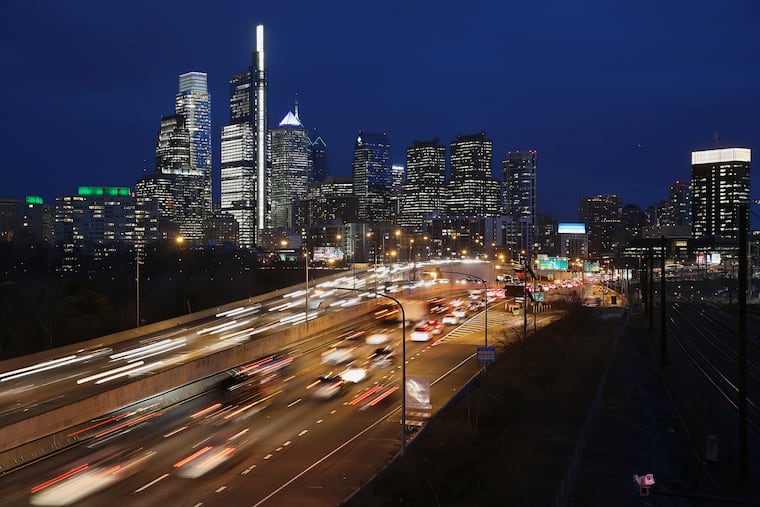2020 Philadelphia is way ahead of 2010 Philadelphia, but still behind the rest of the nation | Editorial
A look at the data to see how Philadelphia sizes up to itself 10 years ago — and to the rest of the country — contains a few surprises.

This time of year, we in the media celebrate one of the biggest cliches going: the year in review, or in the case of 2019, the decade in review. Usually, these pontifications rely on a quick look back on headlines of the past and on scratchy personal memories. To avoid that, The Inquirer Editorial Board examined data from a variety of sources to see how Philadelphia sizes up to itself 10 years ago — and to the rest of the country.
Economy
The past decade started with a recession and was marked by recovery — yet Philadelphia is still the poorest large city in the country. And while the general trend is positive — median household income is up 6%, unemployment halved, and the poverty rate is down half a percentage point — Philadelphia is still lagging behind other cities and the national average. Also, describing Philadelphia in one statistic masks the rising inequality in a city of extremes: The income gap between the poorest neighborhood (Fairhill) and richest (Graduate Hospital) is $83,112.
» READ MORE: Philadelphia a city of extremes: High incomes, high poverty, report shows
Crime
Philadelphia is much safer than the city was just a decade ago. Compared with 2009, there were 25% fewer violent crimes and 12% fewer property crime incidents in 2018. Preliminary estimates of 2019 incidents show a slight increase in violent crime. The overall reduction in crime did not, unfortunately, translate to a significant reduction in shootings and homicides — like the dip achieved in the middle of the decade.
And yet, even with the progress on overall crime, the violent crime rate in Philadelphia in 2018 was much higher than in New York City, Los Angeles, San Francisco, or Boston. The homicide rate in 2018 was 22 for every 100,000 people — more than four times higher than the the national average.
» READ MORE: Philadelphia had more shootings in 2019 and homicides stayed high
Health
The past decade was catastrophic for public health — more than 6,800 people died of a drug overdose in Philadelphia alone. The number of overdoses a year in 2018 and 2017 was about triple the number in 2009 and 2010.
» READ MORE: Drug overdose deaths dropped 40% last year in the Pittsburgh area. Why can’t Philadelphia do the same?
Education
In the past decade, Philadelphia’s high school graduation rate increased from 58% in 2010 to 69% in 2018 — an improvement but still lower than Boston, New York City, and Baltimore. But graduation rates only tell a partial story. Only 36% of 8-year-olds in Philly schools read at or above grade level — a decrease from 52% in 2010.
» READ MORE: Philly schools claim 3 years of progress, with some asterisks
The takeaway for the next decade
Philadelphia is entering the 2020s as a city that, on many issues, is on the right path — just far behind the pack. While overall reductions in crime, unemployment, and poverty are good news, too many people are still victimized, without a job, and trapped in poverty we can’t celebrate. In the next decade, leaders need to work not only toward year-to-year improvements, however small, but also commit to ambitious goals for Philadelphia’s future. Philadelphians should be allowed to dream — if not demand — that by the end of the next decade, we will retire the title of “poorest large city.” That would require a moonshot-like effort — and it starts with leaders who are not satisfied with only incremental change.